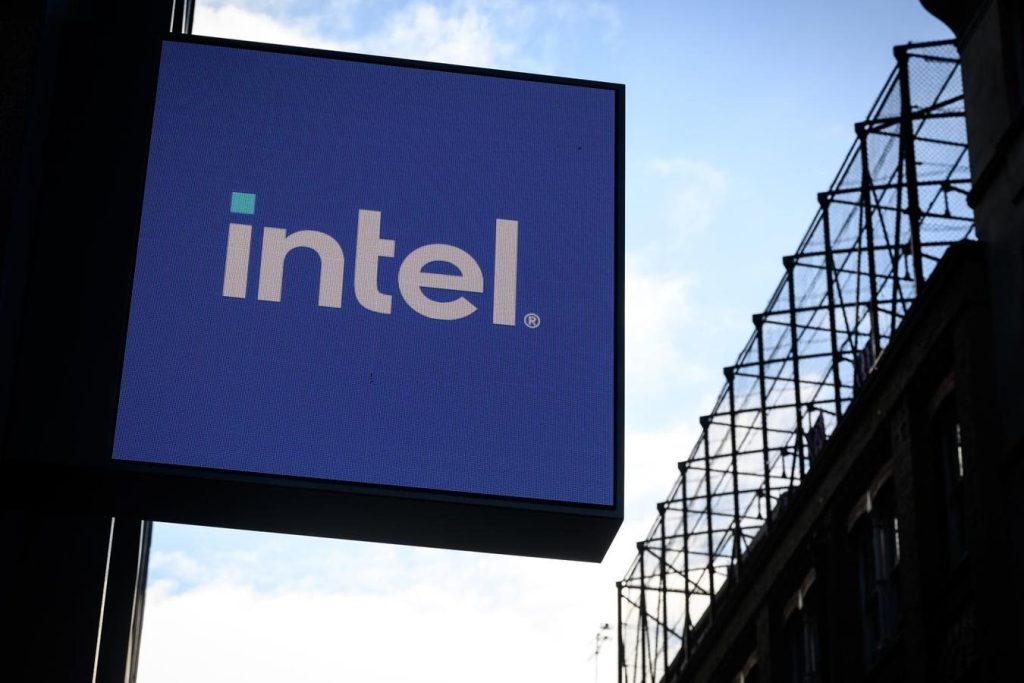Intel’s stock has plummeted over 55% this year, currently trading around $21 per share. This decline is partially attributed to market share losses in the CPU market and the industry’s shift towards AI-focused GPUs for data centers. However, the primary culprit behind Intel’s woes is its struggling foundry business, which has incurred substantial operating losses despite significant investments. Nevertheless, a potential turnaround appears to be on the horizon, driven by the imminent rollout of Intel’s cutting-edge 18A fabrication process and the company’s strategic importance to U.S. technological independence, which could translate into increased regulatory support.
The linchpin of Intel’s revival strategy is its 18A process technology. This advanced process utilizes RibbonFET gate-all-around transistors and PowerVia backside power delivery, promising enhanced performance and power efficiency. The 1.8-nanometer node size places Intel slightly ahead of TSMC’s N2 process, although TSMC claims superiority in certain aspects like SRAM density. Intel’s backside power delivery, however, offers a competitive advantage by minimizing power loss and improving thermal performance. Positive developments or delays related to the 18A process could significantly impact Intel’s stock price. Intel has achieved crucial milestones with 18A chips, demonstrating their functionality and paving the way for external customer tape-outs in 2025 and subsequent large-scale production. Major contracts, including a U.S. Department of Defense project and collaborations with Amazon and Microsoft, bolster confidence in the 18A process. While rumors of yield issues have surfaced, Intel insists its defect density figures are within industry standards.
Beyond technological advancements, Intel’s resurgence is intertwined with geopolitical factors. The company’s extensive domestic fabrication footprint aligns with the U.S. government’s focus on boosting domestic chip production. This could lead to increased regulatory support for Intel, potentially through tariffs or other policies that favor domestic manufacturers. Such support could drive business towards Intel’s foundry division, particularly as companies seek U.S.-based suppliers to circumvent potential import duties. Moreover, semiconductors are vital for national security, a priority for the U.S. government. Intel’s domestic manufacturing capacity solidifies its role in ensuring U.S. technological independence, potentially leading to more government contracts. The company’s capacity and advanced process nodes could also strengthen domestic semiconductor supply chains, offering a more secure alternative to reliance on foreign foundries like TSMC, which faces geopolitical risks associated with its location in Taiwan.
Intel’s stock performance has been highly volatile in recent years, experiencing both significant gains and losses. This volatility contrasts with the more stable performance of diversified portfolios. The question remains whether Intel can sustain positive momentum in the face of ongoing economic uncertainty and geopolitical tensions, or if it risks another period of underperformance. Despite the stock’s recent decline, Intel’s underlying assets provide a measure of downside protection. The stock currently trades below its book value, suggesting that the market undervalues Intel’s technological expertise, strategic importance, and future potential. This presents an opportunity for investors who recognize the value beyond the company’s balance sheet.
Furthermore, Intel’s forward price-to-earnings ratio appears reasonable, considering the current depressed earnings due to heavy foundry investments and market share losses. As demand recovers, both earnings and the valuation multiple could rebound. Intel’s move to restructure its foundry business as a subsidiary, with the possibility of a future spin-off, could further unlock value. This strategic restructuring would provide greater transparency and accountability for the foundry business, potentially attracting more external customers and investment. A separate foundry business could also operate with greater agility and focus, enabling it to compete more effectively against established players like TSMC. This separation could potentially unlock value by allowing investors to assess the foundry business on its own merits, independent of Intel’s other operations.
In conclusion, while Intel has faced significant headwinds, the company’s prospects appear promising. The upcoming 18A process technology, combined with increasing geopolitical importance and the potential for regulatory support, positions Intel for a potential turnaround. Despite recent losses, the stock’s current valuation appears attractive, offering investors a compelling entry point. The restructuring of the foundry business as a potential standalone entity further enhances the long-term value proposition, making Intel a stock worth considering for investors with a longer-term horizon. The potential for future growth, driven by technological innovation and strategic alignment with national priorities, outweighs the current market pessimism, creating a compelling investment opportunity for those willing to weather short-term volatility.

